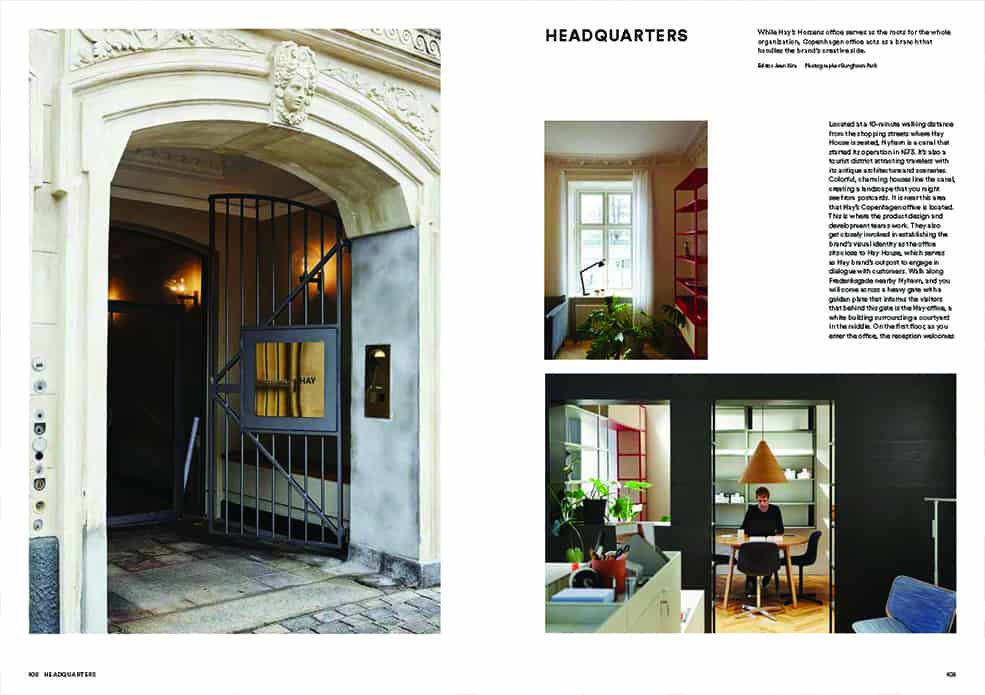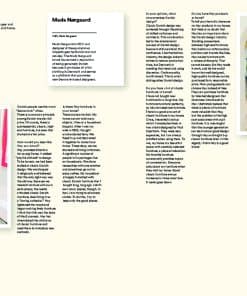Magazine B No.72 HAY
480.000₫
INTRO
EDITOR’S LETTER
INTO THE CITY
Six creators based in Copenhagen discuss Danish design and Hay
OPINION
Anthony Aconis, branding expert
SCENES
A beginner’s guide to drone terminology and regulations
IN HAY HOUSE
Hay’s flagship store located in Copenhagen’s largest commercial district
VALUES
Six keywords and products that represent Hay’s design philosophy
OPINION
Ronan & Erwan Bouroullec, designers
COLLABORATORS
Hay’s design philosophy seen through various collaboration works
EXPLORATION
Brand orientation reflected in Hay’s market-concept kitchenware collection
OPINION
Dan Stubbergaard, founder and creative director of Cobe Architects
HABITAT
Hay products in homes and offices of Hay lovers
FUN & FUNCTIONALITY
BRAND STORY
Hay’s growth story and its proposition of new Danish design
MANUFACTURING
The ideal balance of quality and price achieved through Hay’s manufacturing process
HEADQUARTERS
Hay’s Copenhagen office in charge of the brand’s creative side
EXPANSION
Hay’s partnership with Herman Miller signals full-scale expansion into North America
LEGENDS
Hay’s design foundation laid by prominent designers of 20th century Denmark
INTERVIEW
Rolf & Mette Hay, cofounders of Hay
FIGURES
Denmark’s furniture market and Hay’s growth seen through numbers
REFERENCES
OUTRO
Cho phép đặt hàng trước








































